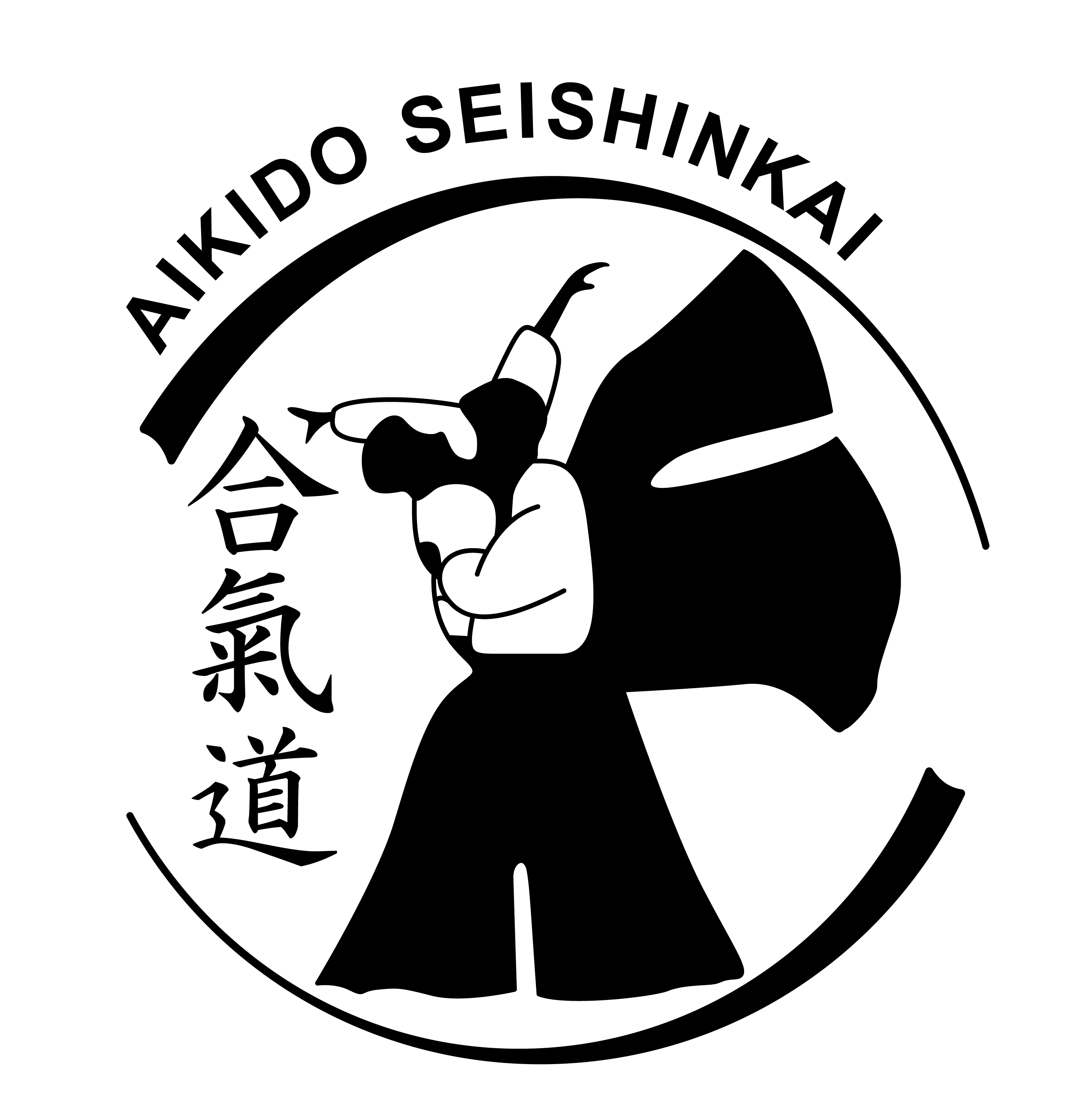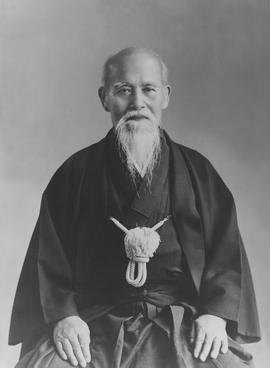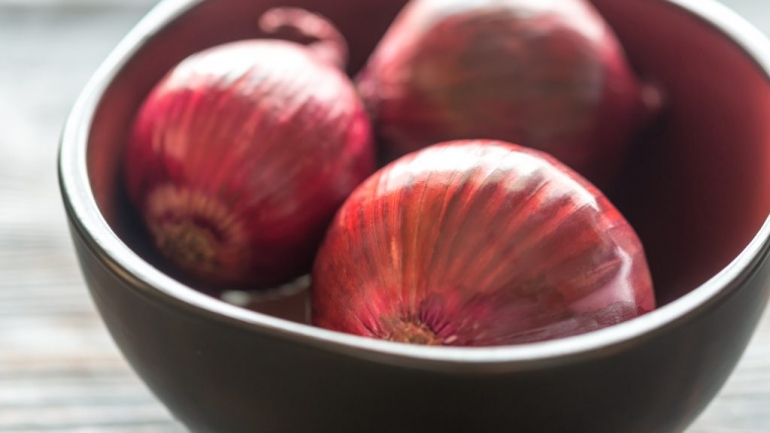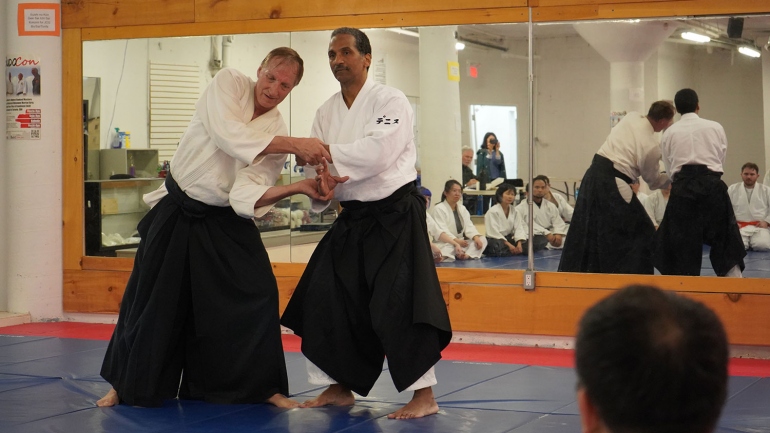Aikido and Master Morihei Ueshiba
Aikido was created some 80 years ago by Master Morihei Ueshiba (1883-1969), usually called “Kaiso” (the Founder). He created Aikido after many years of physical training in the Japanese classical martial arts of Jujutsu (hand-to-hand combat) and Kenjutsu (swordsmanship), followed by the study of the Japanese religion of Shinto and its derivatives.
Born in 1883 as the son of a wealthy farmer in Tanabe, the Founder studied a number of martial techniques in his youth under the well-known headmaster of each school. He served in the Japanese army for four years (1903-1907) including perhaps serving on the front lines during the Russo-Japanese War (1904-1905). Throughout the period, his Jujutsu training continued although sporadically.
In 1912, he moved to Hokkaidō, Japan’s northernmost island, as part of a pioneer settlement group. There, he met Sōkaku Takeda, the headmaster of Daitō-ryū Aiki-jūjutsu in1915. He studied intensively not only Jujutsu but also Yagyū Shinkage-ryū Kenjutsu under Takeda Sensei. For that purpose, he constructed a dojo at his home and invited his new teacher to be a permanent house guest. Later, he received a teaching license from Takeda and became a representative of Daitō-ryū, and toured with Takeda as his teaching assistant.
In 1920, the Founder visited Onisaburo Deguchi, the leader of Oomoto-Kyo, at Ayabe, near Kyoto, on his way back to Tanabe, his home. The founder was 36 years old then and was training in Daitoryu Jujutsu as a disciple of Sokaku Takeda. However, he was not fully satisfied with Daitoryu and was looking for the true Budo (martial way) beyond Daitoryu Jujutsu.
Impressed with Deguchi and his teachings, the Founder quickly became his disciple. He moved with his family to Ayabe and studied hard under Deguchi. Also, with the encouragement of his new master, he started “Ueshiba Juku (School)” to instruct his Daitoryu-based Budo. It is generally believed that in the process, he learned from Deguchi a new meaning of “Aiki” and developed his new Budo with Aiki as its center. Thus, the founder began to call his Budo “Aiki Jujutsu”.
“Aiki” was a term that had long been used among some martial arts schools, especially Jujutsu. It roughly means “joining of mind with your opponent to create extra energy beyond sheer physical force”. Apparently, Deguchi’s understanding was much deeper in that he sought its spiritual origin in ancient Shinto.
In this process, Morihei gradually disassociated himself from the fighting-oriented spirit of medieval martial arts, including Daitoryu. The founder made it clear that although he had learned various techniques from them, he did not inherit their spiritual foundation such as Zen Buddhism or Confucianism. Instead, the Founder, as a close disciple of Deguchi, made it his mission to contribute, through Aikido, to the achievement of the objectives of Oomoto-Kyo, that is, to restore harmony and peace on the earth.
It was ironic that while he was fully devoted to Oomoto-Kyo and promoted Aiki Jujutsu as a means to achieve harmony among people, the Founder obtained a strong following among navy, army, and police officers who were greatly impressed with his superb performance in Aiki Jujutsu demonstrations. With the strong patronage of a naval general, Isamu Takeshita, the Founder, moved to Tokyo in 1927 to promote Aiki Jujutsu on a nationwide basis. He was particularly favored within navy and army circles. Apparently, they were more interested in Aiki Jujutsu as a system of superb combat techniques than in the spiritual emphasis on peace and harmony.
Oomoto-Kyo was outlawed in 1935 for reasons to be mentioned later, and its leaders, including Deguchi, were arrested. The Founder escaped the mass arrest apparently due to his close relationship with the military and the police. Indeed, with the continued backing of the military government, Aiki Jujutsu (renamed as “Aiki Budo” around 1940) greatly prospered. However, the Founder was wondering if Aiki Budo was the true Budo he was seeking. Thus, in 1942, by which time he had become completely independent of Daitoryu Jujutsu, he changed the name of his Budo from “Aiki Budo” to “Aikido” to reflect his belief in harmony and peace.
The Founder later admitted that, despite his search for a spiritual foundation for his Aiki Jujutsu, he was practicing physical Aiki Jujutsu, which he had mastered by about 1942, the year after Japan joined in the fighting of WWⅡ. In that year, he moved from Tokyo to Iwama, apparently to disassociate himself from the military. Nevertheless, it is important to note here that today’s Aikido, despite its emphasis on the spiritual foundation, retains features of Aiki Jujutsu that had been established by 1942 as a system of superb combat techniques.
Turning now to the spiritual foundation of Aikido, it is important to note that, although his association with Oomoto-Kyo ended in 1935, the Founder’s effort to build the Aikido spirit in the context of Shinto beliefs continued. In this process, he relied heavily on Oomoto-Kyo, but he also adopted the views of any Shinto scholars and practitioners that were useful in building the spiritual foundation of Aikido.
More than a decade after the conclusion of WWⅡ in 1957, there was still another encounter with a new variant of Shinto, called “Byakko Shinko-Kai”. The Founder’s spiritual search continued thereafter, and it was around 1960 that the spirit of Aikido was completed. Therefore, in order to address the spiritual foundation of Aikido, a review of Shinto, Oomoto-Kyo, and Byakko Shinko-Kai is in order.




